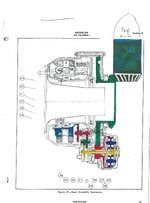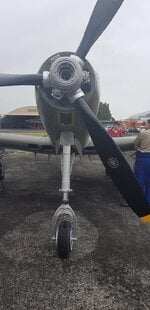A video for those of you that like insight into the insides, mechanics, and operation of the French Ratier moteur canon hollow-bore propeller used on the Morane-Salnier M.S.406, Dewoitine D.520, and Swiss D-3801 aircraft:
View: https://youtu.be/LaU2SQp9088
View: https://youtu.be/LaU2SQp9088



